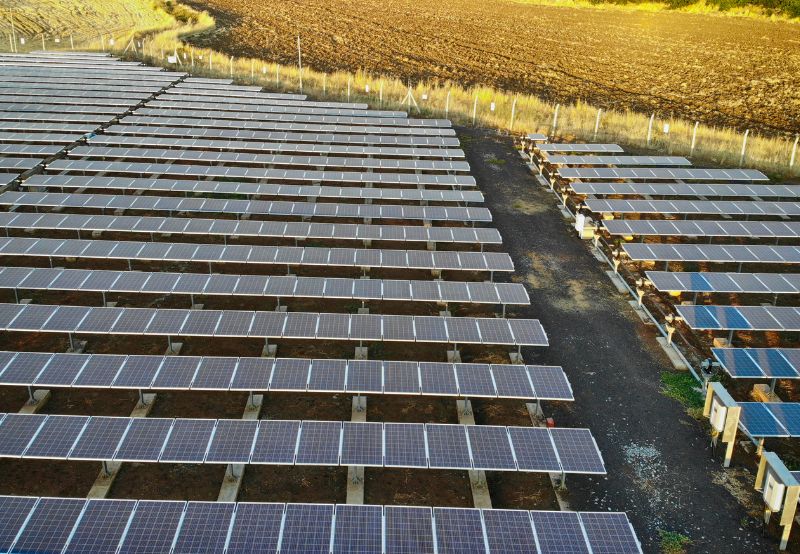Forests are essential for the health of our planet and its inhabitants.
They provide shelter and sustenance to a variety of species, from birds to mammals to insects. But forests also play an important role in sustaining local communities. In addition to providing food and clean water, forests can help protect against climate change, reduce poverty, create jobs, and even improve public health. Here are six ways that conserving forests can benefit local communities and wildlife.
1. Jobs
Contents

Forest conservation can create new employment opportunities. Sustainable forestry practices, such as the sale of non-timber forest products or tourism activities, can help generate income for local communities and create jobs. This can in turn help to reduce poverty and improve quality of life. For example, caring for trees, trails, and natural resources can create vocational opportunities such as rangers, guides, and eco-tourism professionals. It’s important to support local businesses and create innovative strategies for sustainable forestry so that these jobs can be sustained in the long term. Also, promoting education and training in forestry can help to create a more sustainable industry.
2. Food Security
Forests provide essential food sources for local communities, often in the form of subsistence hunting and gathering. In many parts of the world, forests are a key component of food security. Conservation efforts can ensure that these resources remain available and resilient to climate change. Sustainable forest management practices such as selective logging and agroforestry can help preserve habitats while still allowing some harvesting of produce from the environment. Focusing on sustainable forestry projects will make sure that local communities continue to benefit from their natural environment. Additionally, increasing forest cover can lead to more diverse land use which ensures greater stability for rural populations in terms of access to food sources throughout the year.
3. Clean Water Supply
Protecting forests helps to protect the water supply in two ways. Firstly, trees act as natural filters for water bodies and absorb contaminants from surface runoff. Secondly, protecting land from deforestation reduces soil erosion which can harm water sources by clouding them or worse – silting them up entirely. When forests are conserved, local communities benefit from clean drinking water and fewer diseases that are caused by contaminated drinking water supplies – a major issue in many parts of the world. Furthermore, wildlife also benefit from clean drinking sources as they too need access to fresh, uncontaminated supplies of water.
4. Climate Change Mitigation
Forests play a pivotal role in mitigating the effects of climate change. Trees absorb carbon dioxide from the atmosphere and store it as biomass, thus reducing emissions into the environment. Forest conservation helps to reduce global warming by ensuring that trees remain in place to absorb more carbon dioxide than they release. Additionally, forests can act as natural sinks for resources like water, which helps to regulate the local climate and keep temperatures cooler. This type of environmental regulation improves air quality and reduces disease risk among human populations living nearby.
5. Biodiversity Preservation
Forests are home to a wide variety of plants and animals. Protecting forests helps maintain the biodiversity of the region, providing a safe haven for endangered species. This is especially important when it comes to protecting small populations of local wildlife that may be vulnerable to extinction due to environmental pressures or development projects. Forest conservation also allows scientists to study ecosystems in their natural state while preserving rare specimens as part of our planet’s precious natural heritage. In addition, by protecting forests we are helping ensure the survival and health of future generations, who will benefit from the multitude of creatures that inhabit our world.
6. Improved Human Health

Forests play an important role in human health. Trees produce oxygen and absorb carbon dioxide, making them essential for air purification. They also retain water, preventing flooding in local areas. With clean air, freshwater, and fewer floods comes improved overall health for the communities that are surrounded by forests. Additionally, trees can provide shade that helps to cool down areas during hot days and reduce the effects of climate change-related heat waves. Furthermore, many natural medicines are found in forest ecosystems, providing an invaluable resource to people who rely on traditional medicine from nature’s storehouse.
Forest conservation provides numerous benefits to local communities, wildlife, and the environment. From providing clean drinking water and improved air quality to preventing floods and protecting rare species, preserving forests is an important step toward guaranteeing our planet’s future health. By implementing better forest management practices that focus on sustainability, we can ensure that all of these benefits continue to be enjoyed by generations to come.




